社交距离,紧闭的⼤⻔,空荡荡的⻋站机场,⼀次落空的旅⾏,⼜或者是,⼀场道别。2020年的⽚段反复提醒着,⽆论身处何地,北京,柏林,或者地球上任何其他⻆落,当⾯对⾃然的⼒量时,⼈类作为个体⽆法逃避且暴露⽆遗的脆弱。
Social distancing, closed doors, empty train stations and airports, an incomplete trip or, perhaps, a farewell, the year 2020 is a recurring reminder of the inescapable and exposed vulnerability of human beings as individuals in the face of the forces of nature, no matter where we are, in Beijing, Berlin or any other corner of the planet.
世界变得很⼩,我们困在有形的且分离的空间内,靠着⼀ 枚⼩⼩的电⼦码完成着⽣存必需的移动;世界⼜⺎⾃地显得巨⼤,我们久违地重新感受到“距离”,地⽅与地⽅,国家与国家,边界再度分明。可能我们⼀样在这从未体验过的世界中有着相似的不知所 措,但幸运的是,这⼀年,灾难让我们也切肤地相信,当⼈类脆弱的个体交织,便会构成⼀张满是韧性的⽹,物理的隔绝只是⼀时,未来⼈类命运的闪光依然开始在指尖相触的时刻。正如拉斐尔·多 梅内克所说的那样,我们是同⼀太阳下的结果,但我们也是迷失⽮量的突变。
The world became small, and we were trapped in a tiny and separated space, relying on a small QR code to enable us to complete the necessary movements for survival; at the same time, the world seemed so huge that we felt "distance" again for the first time in a long time, and the borders between places and countries, were once again clear. It may be that we share a similar sense of being overwhelmed in a world we have never experienced before, however, fortunately, this year, the disaster has also made us believe that when the fragility of human beings become intertwined, they form a web full of resilience. The physical isolation is only temporary, and the light of humanity's future destiny still begins to shine at the moment when fingertips touch. As Rafael Domenech said: "We are the result of the same sun, a mutational state for the disoriented vector." 这⼀年,我们将视线回归到“⼈”。开年群展没有南部阳光的⼀年,似乎巧合地预⾔了这个略带压抑的年份,殖⺠关系与⽓候变化的交织,拉开了探索⼈类各种关系间相互作⽤的序幕;
在冰上⾏⾛,诞⽣在柏林满是疫情流⾔的春天,⾃我与他⼈之间动态的纠葛在彼时更为微妙,我们谈论虚荣、孤独与死亡,⾃我和他⼈之间的界限,以及伤害、⼲扰与关怀;
⼋⽉,带着⽐以往更加强烈的渴望,在经过漫⻓的等待后,我们终于在798再⻅,感触触感是⼀次从未有过的实验,四个国家五座城市的六 位艺术家相聚在全新的空间内,借助彼此间⽆法实现的物理交流进⽽探讨了在认知之中,⾁体缘何 不能被剥离,同时也重新考量了我们⽤身体所感知的⽅式;
九⽉,哪⼉凉快,哪⼉呆着,平衡在⽀点的机械⻦带着对物质世界的诘问代表童昆⻦来到柏林,如同⼀幅幅偏执的⾃画像,封装了每⼀天 微⼩的劫难,每⼀场个体的狂躁或恐慌。围绕着“此在” 与“抛弃”,构建了⼀种召唤与回应,我们的存在被任意地抛掷于动荡之中,可同时,我们也有着可将废墟重组的⼒量;
⼗⼀⽉,初冬的北京吹来南太平洋的暖⻛,热带房间充斥着那些湿润的、边缘的⾃然中,经帝国中⼼渗透后的符号与景观。陈丹笛⼦将这些复杂⽽看似遥远的⽂化符号解构,虚构出后殖⺠时期⼈类⽣活每⽇图景的崭新叙事;
2020年的尾声,托⻢斯·吴与⾥克⼒·提拉瓦尼携⼿带来艺术合作项⽬ Green Go Home,在关怀和合作交融的社会参与概念的引导下,⼆⼗⼀位柏林艺术家的作品占据了舞台,从微妙的个⼈⼲预到直接反映当地现状的强烈政治性的输出,再⼀次由艺术的对话向我们证明,改变的⼒量总在交流中得以迸发。
This year, we return our attention to "Human." The first group exhibition, A Year Without the Southern Sun, seems to coincidentally foretell this relatively depressing year when the intersection of colonial relations and climate change initiated an exploration of the interplay between human relationships. Walking in ice, born in the spring in Berlin that was filled with gossip about the pandemic, a time when the dynamic entanglement between self and other was more subtle, we talked about vanity, loneliness, and death, the boundaries between self and other, and hurt, disturbance and care. In August, after a long time of waiting, we finally met again at 798 with a stronger longing than ever before. Touching Feeling is an unprecedented experiment in which six artists from four countries and five cities met in a new space to explore why the physical bodies cannot be stripped away in cognition and reconsider how we perceive our bodies through the lack of physical communication between them. In September, Just Stay in the Cold, the mechanical birds balanced on the fulcrum come to Berlin with questions about the world of matter on behalf of Tong Kunniao. These are paranoid self-portraits, encapsulating the havoc of everyday life, individual mania, or panic, these works structure a call and response, around the notions of Dasein [existence] and Geworfenheit [thrownness]. We are all in a state of "thrownness" into the arbitrary and erratic aspects of our existence; simultaneously, we have the power to reconstruct the ruins. In November, with the warm breeze of the South Pacific blowing in Beijing in early winter, Tropical Room is filled with symbols and landscapes that have been infiltrated by the empires in those moist, liminal nature. Chen Danzi deconstructed these complex and seemingly distant cultural symbols to fictionalize a new narrative of human life's daily picture in the post-colonial world. At the end of 2020, Tomas Vu and Rirkrit Tiravanija presented the collaborative art project Green Go Home. Guided by the concept of social engagement where care and cooperation intersect, the works of 21 Berlin-based artists take over the stage, from subtle personal interventions to strong political outputs that directly reflect the local situation. Once again, the dialogue of art proves that the power of change always bursts out in the interaction.
过去的⼀年注定是⼀个不凡的节点,但⼜或许是⼀个新时代的开端;关于未来我们⽆法精准的预测,因⽽总是带着⼩⼼与好奇缓步迈进,⽽艺术能带来的,也许是在这⼀份永恒的不安中那⼀份⻓久的反思,理解,指引与陪伴。新的⼀年,愿我们在敞开的⼤⻔中常与彼此相伴。
That the past year was destined to be a unique point, yet perhaps the beginning of a new era, we can't precisely predict the future, so we always step forward with caution and curiosity, and what art can bring is perhaps a constant reflection, understanding, guidance and companionship in this eternal uncertainty. In the new year, may we always be with each other in the open door.
户尔空间衷心祝福您2021年平安顺遂,喜乐常伴!
We sincerely wish you a joyous Spring Festival!
户尔空间将于2021年2月7日至2月28日期间春节休假,3月1日画廊恢复开放。
目前画廊正在展出陈丹笛子个展“热带房间”,展期延至3月。
Hua International will be closed from Feb.7th to Feb.28th for the Spring Festival holiday. And will reopen on Mar.1st with the current exhibition “Tropical Room”.
| 关于户尔空间
| About Hua International
户尔空间位于柏林和北京两地。作为一间新锐全球性画廊,户尔空间秉持着国际立场与合作精神,致力于潮流激变的全球艺术市场。画廊于2017年创立,在跨时区的两个空间内,积极倡导着国际化的艺术项目,携新兴艺术家和成熟的国际艺术家一道,呈现跨学科、表演性与社会参与的艺术。
画廊的选址分别位于两个充满活力的艺术区的中心。其中,柏林空间地处波茨坦大街一座历史悠久的战前建筑中,而北京空间则于2020年8月搬迁至知名的798艺术区。户尔空间还组织策展项目和艺术合作,追寻新的创作和叙说方式,持续推进当代艺术的进程。在艺术世界持续发生构造性变化的时代,户尔空间在运作模式上注重灵活性,实验性与合作性,致力于推进在艺术市场内全新而独特的艺术创作。
Hua International is a contemporary art gallery based in Berlin and Beijing. Driven by a cosmopolitan and collaborative ethos, Hua International is a new global gallery for a fast-changing global art market. Founded by Hua in 2017, the gallery champions a cosmopolitan program across its two spaces, featuring emerging and established international artists with a special emphasis on cross-disciplinary, performative, and socially-engaged art.
The gallery has positioned itself at the epicenter of two vibrant art districts. In Berlin, it is located in a historic, pre-war building situated in Potsdamer Strasse; in Beijing, the gallery relocated to the acclaimed 798 Arts District in August 2020. Hua International also hosts curatorial projects and artistic collaborations in order to pursue new avenues of production, discourse and promotion of contemporary art. In a time of tectonic shifts in the art world, flexibility, experimentation and collaboration are key components of the gallery’s model in promoting works of art that are unique and new to the market.
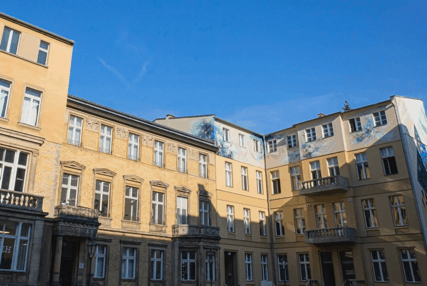
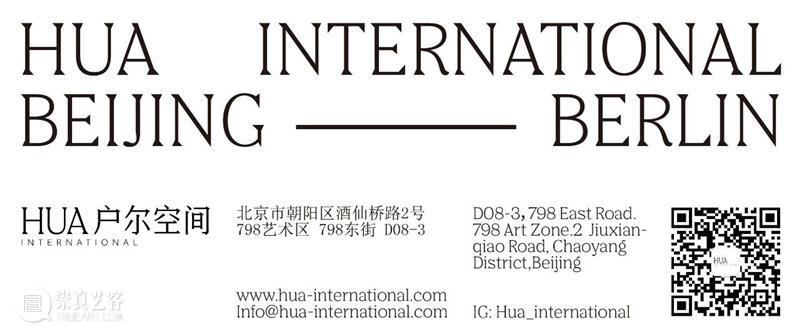





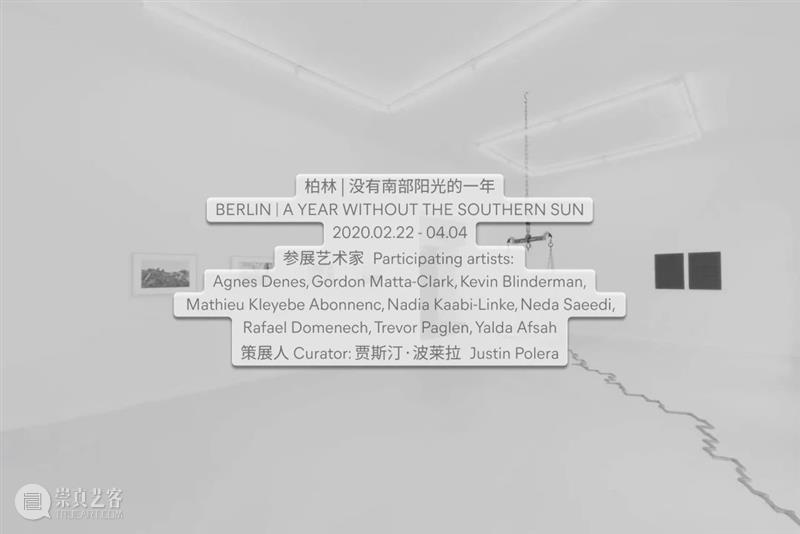
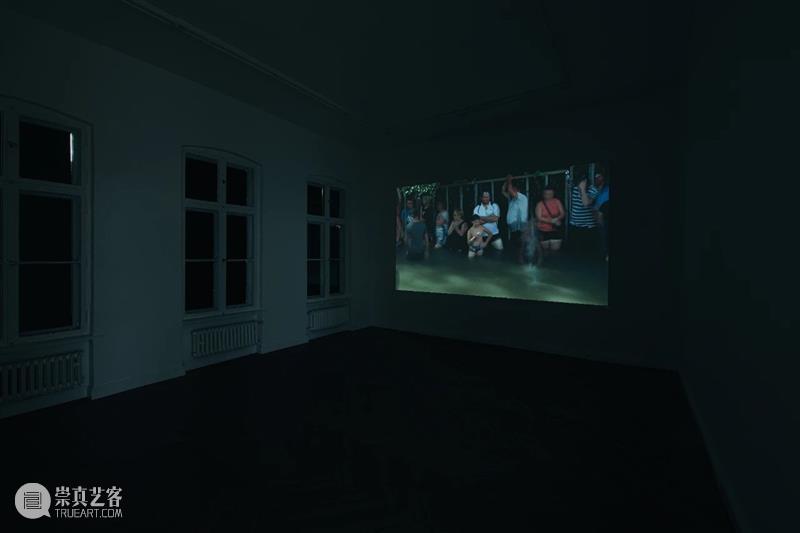
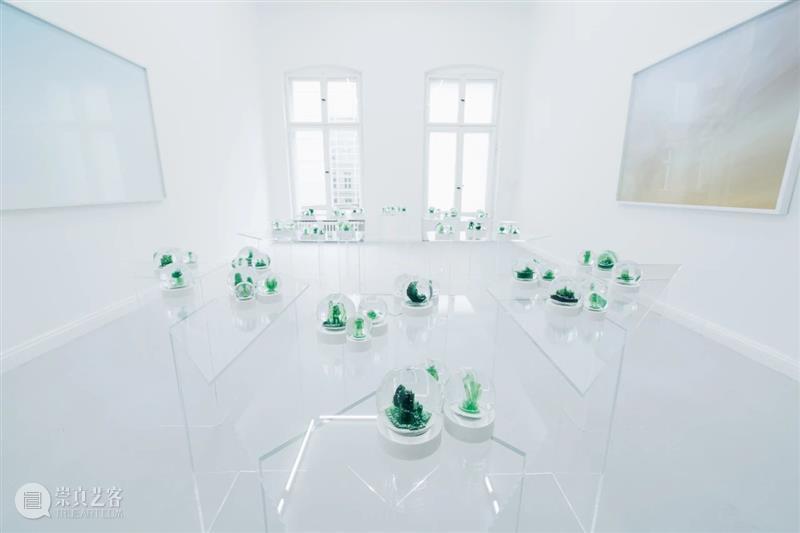
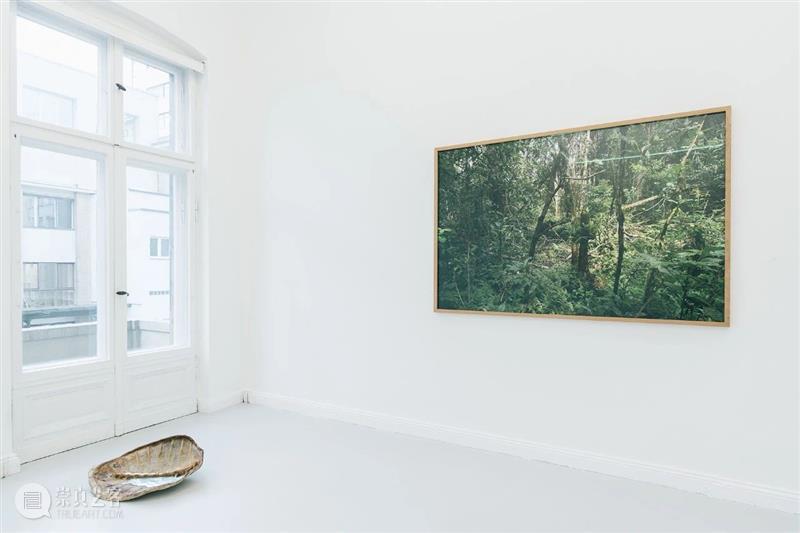
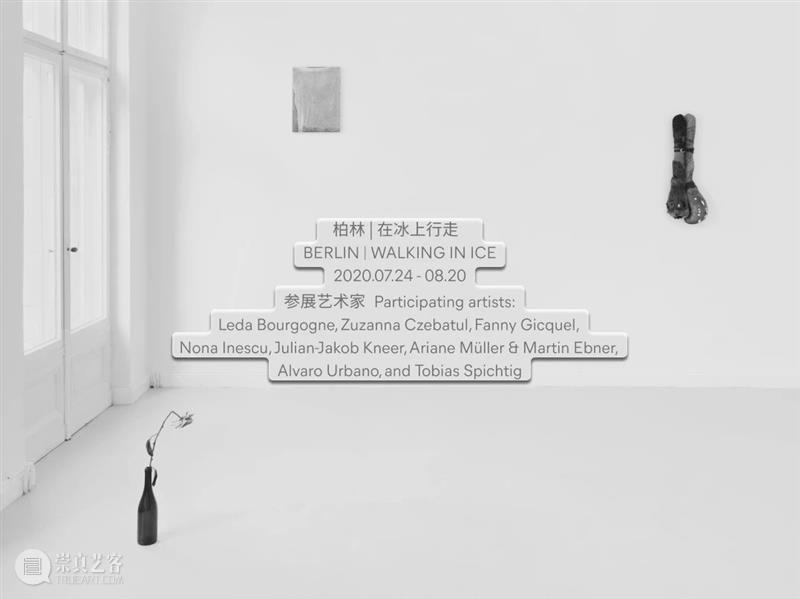
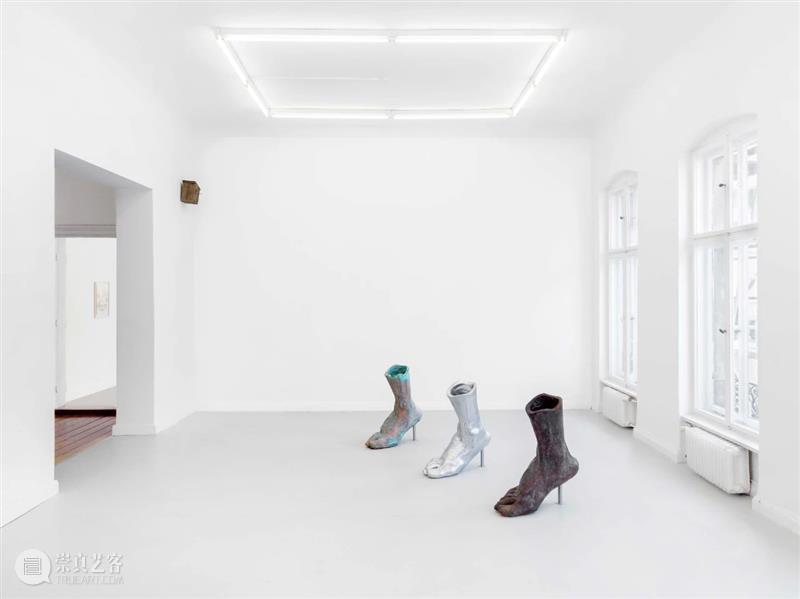
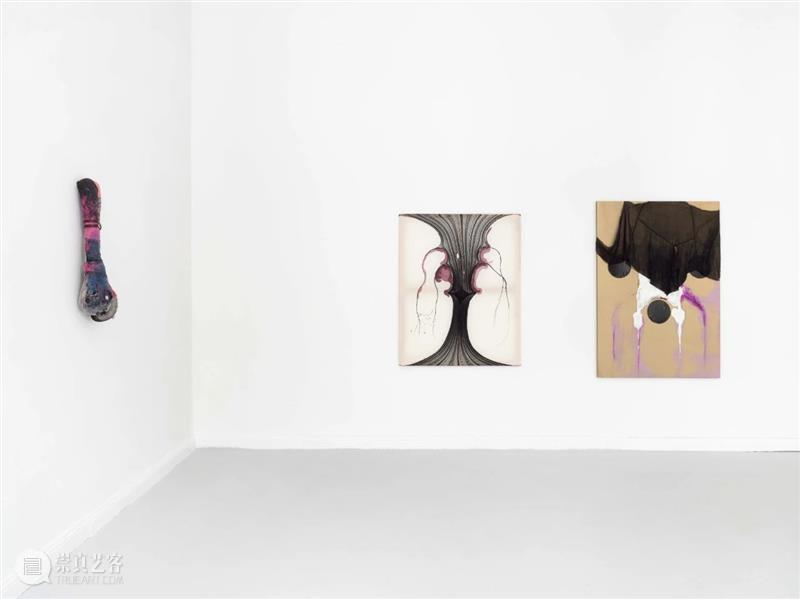
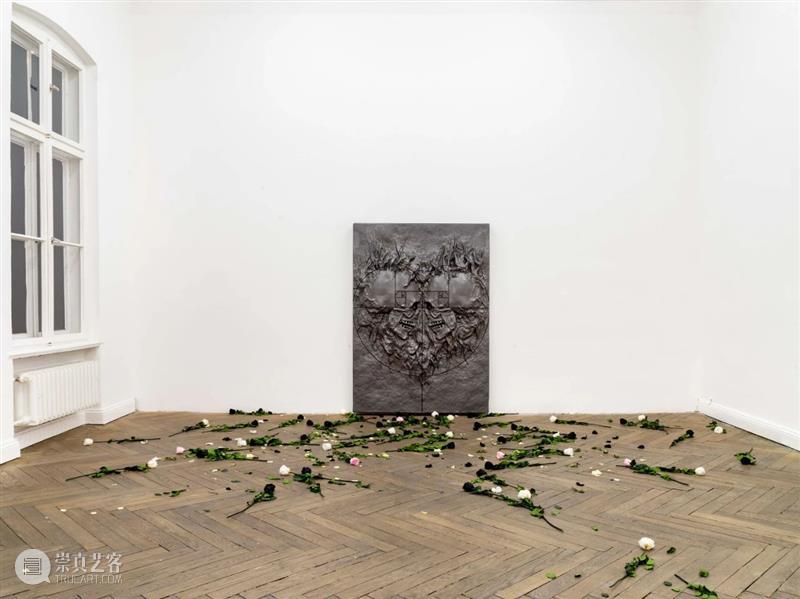
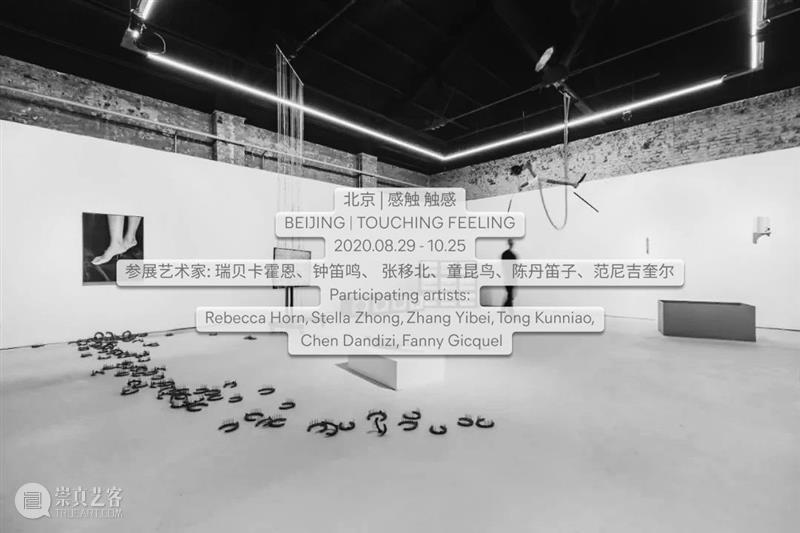
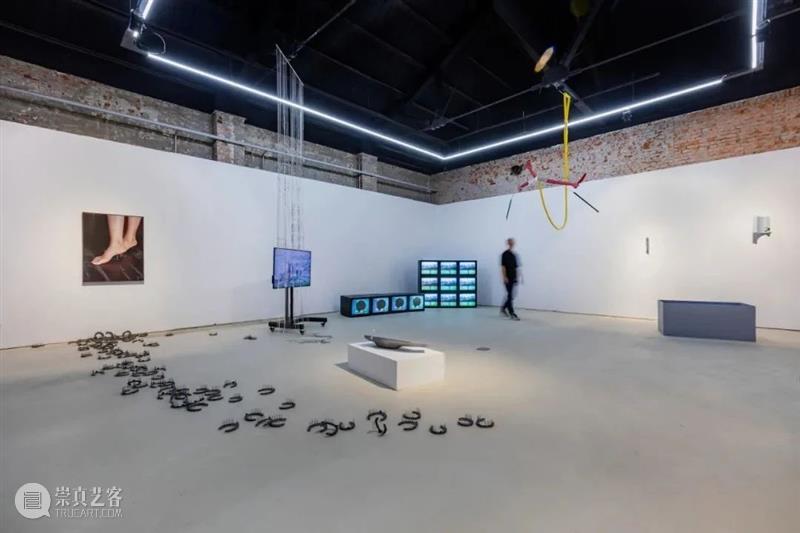
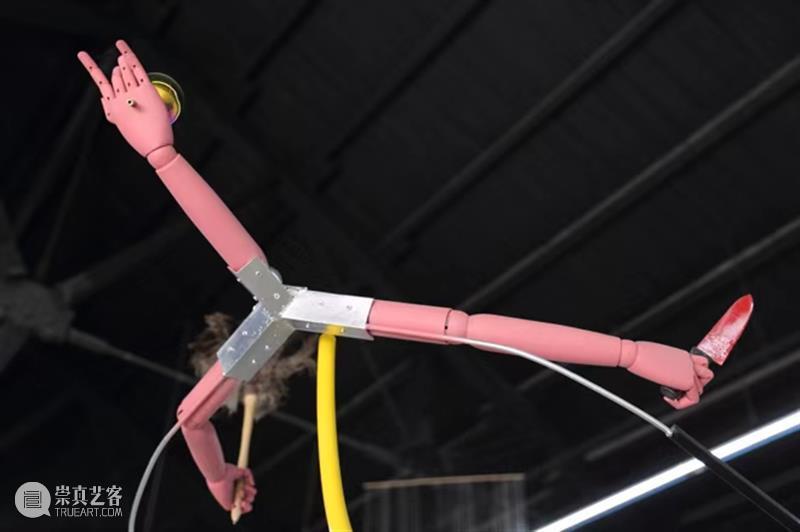
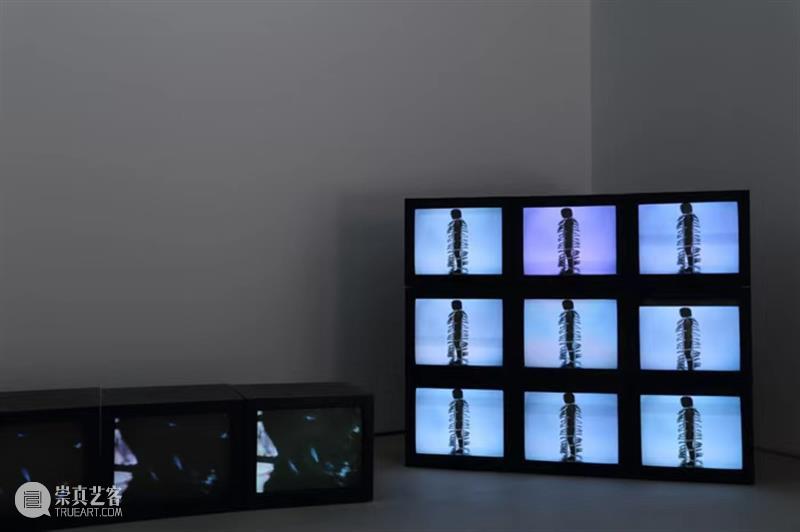
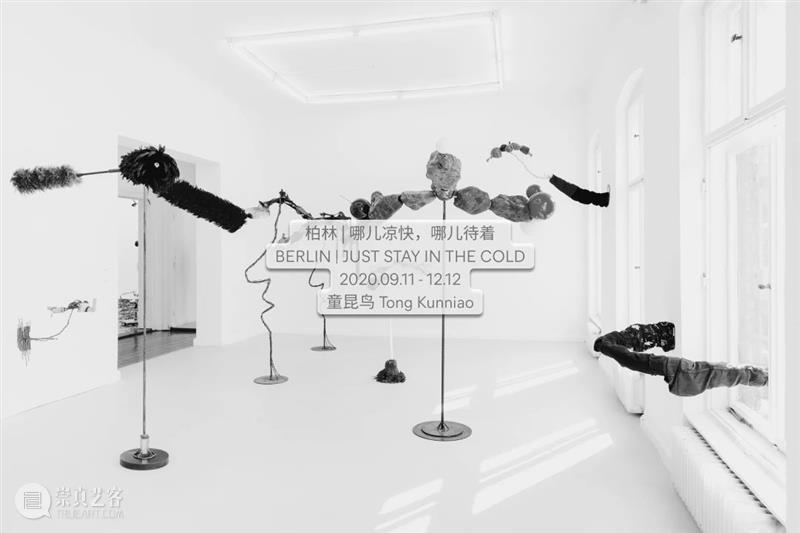
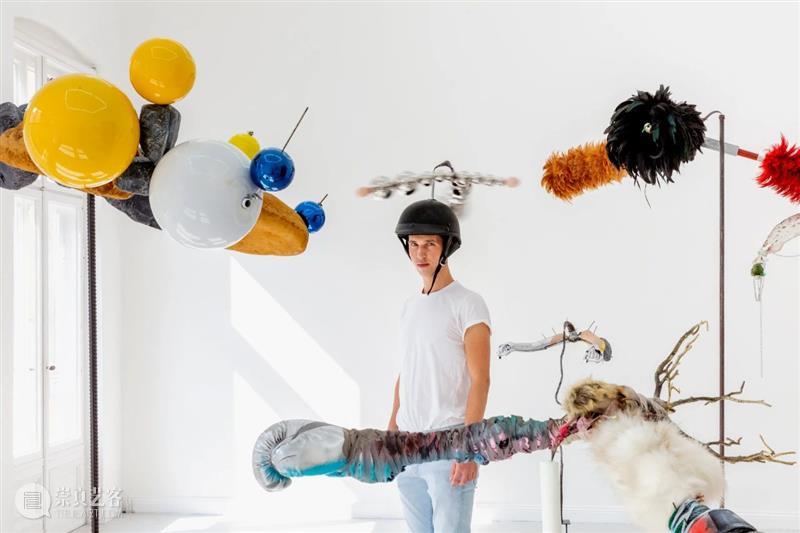
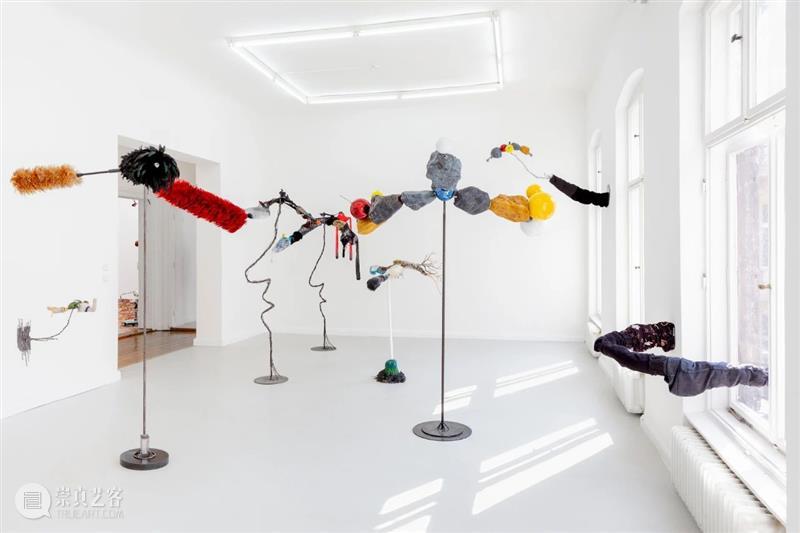
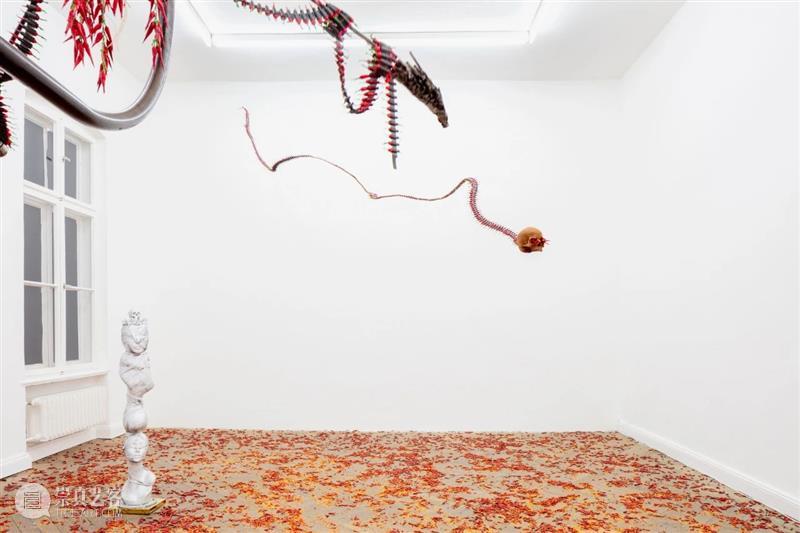
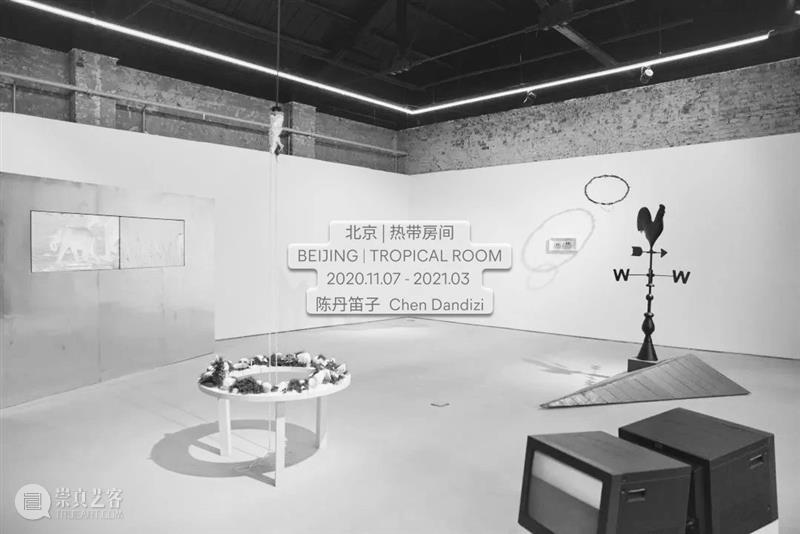
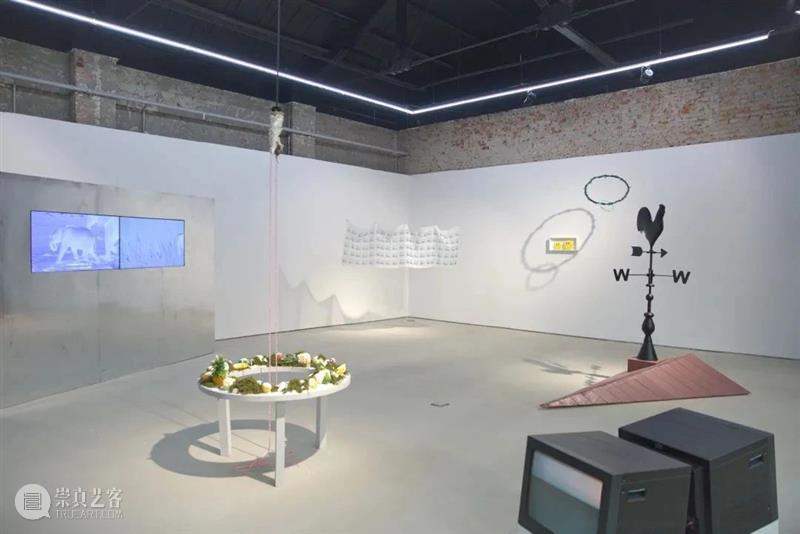
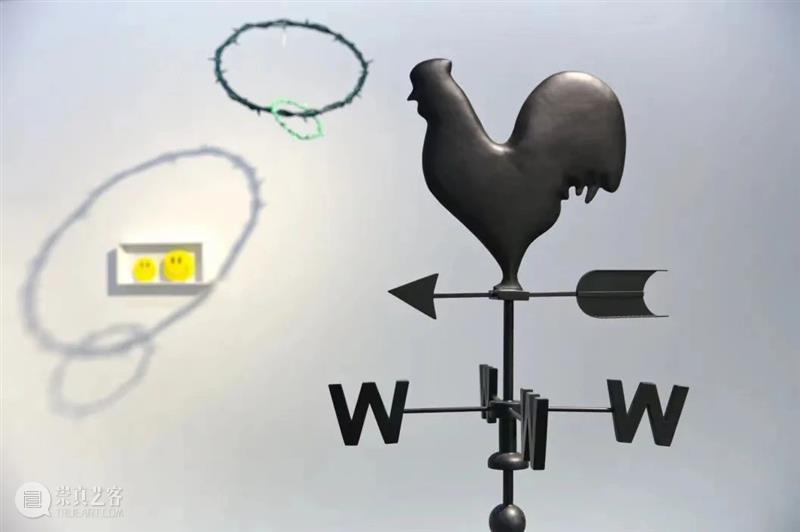
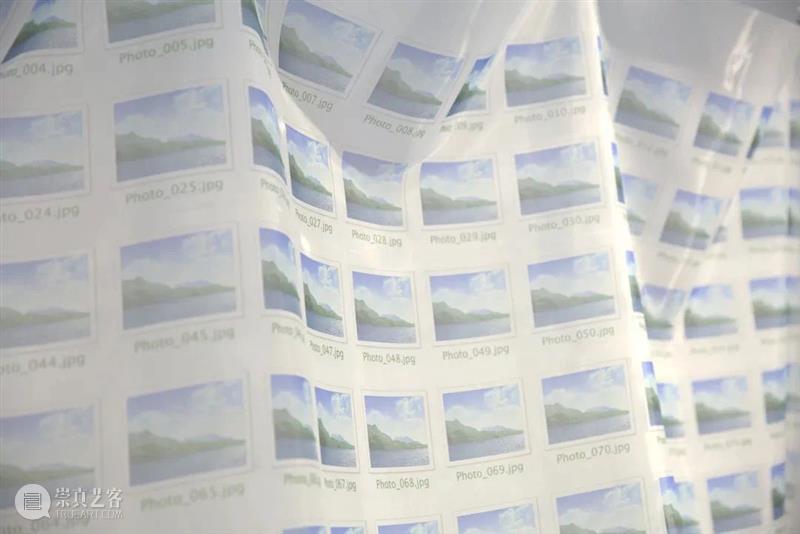
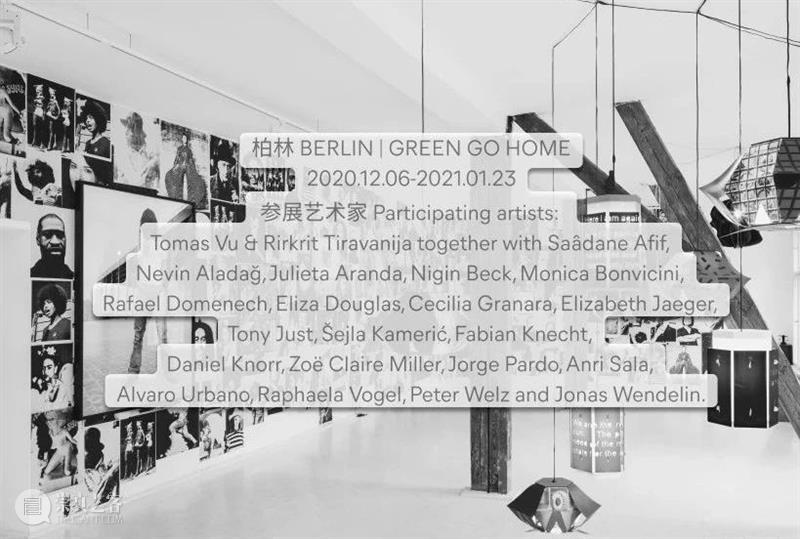
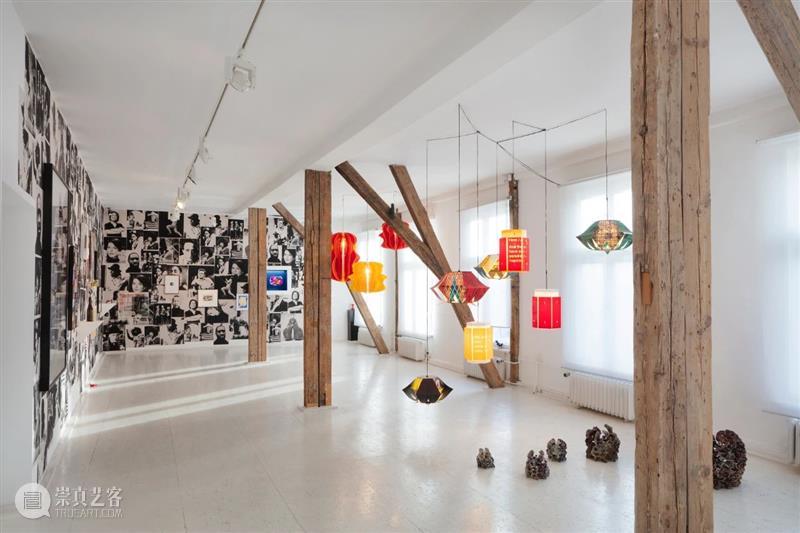
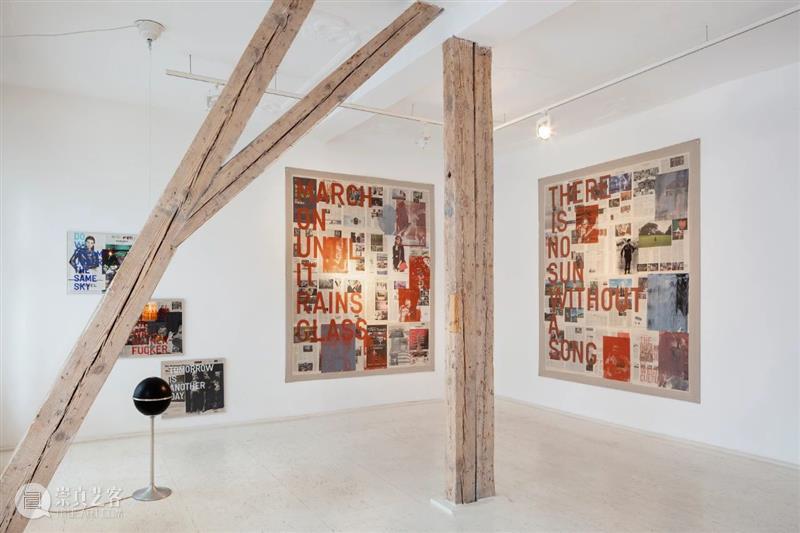
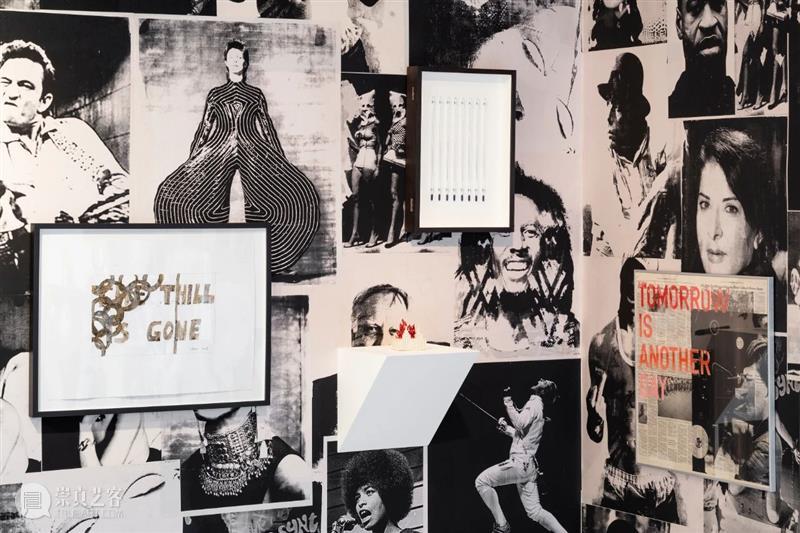
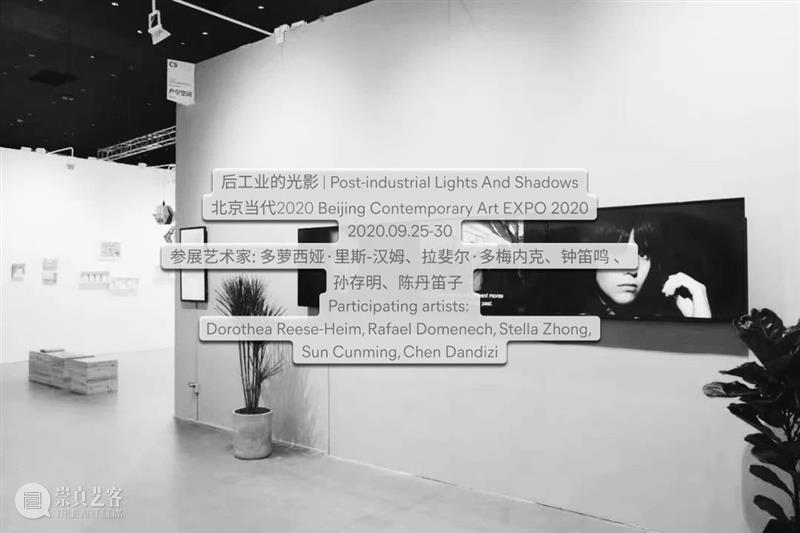
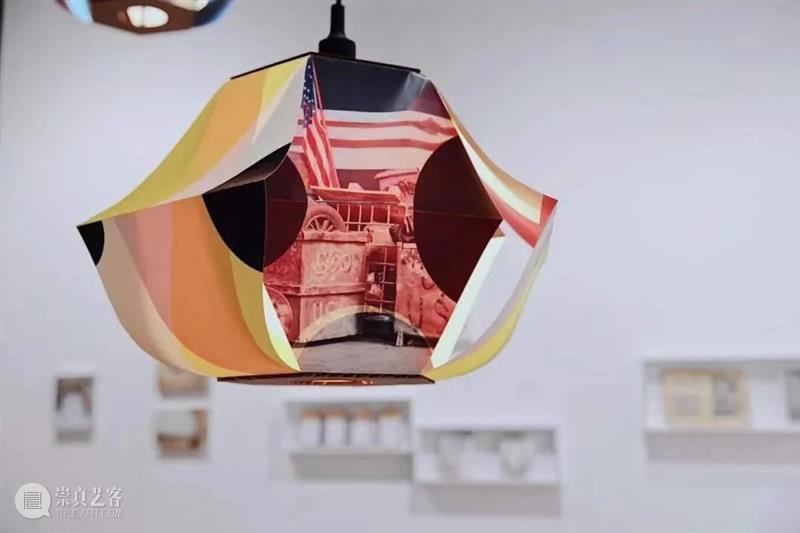
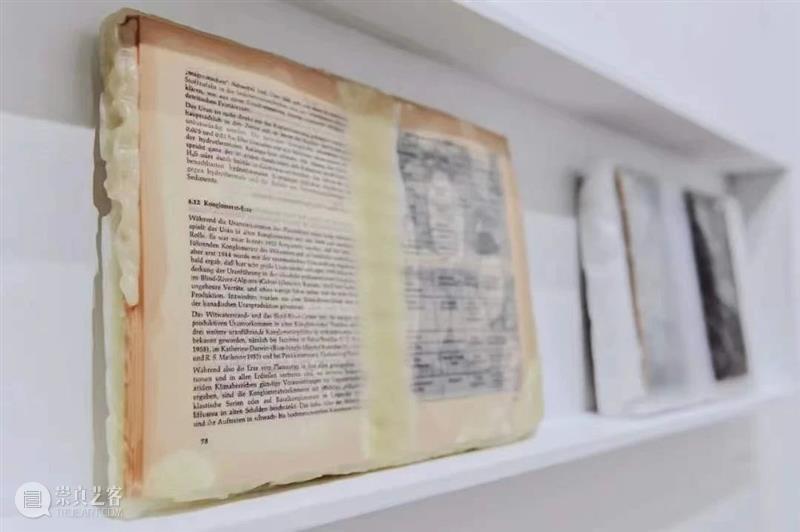
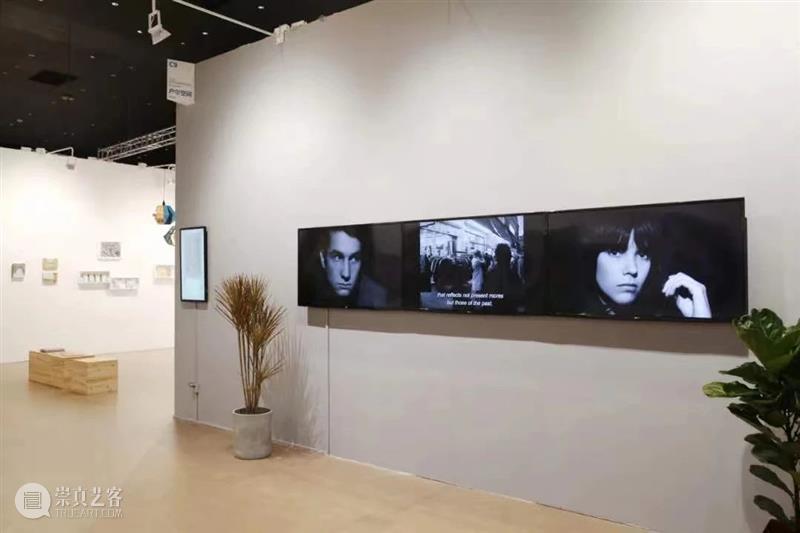
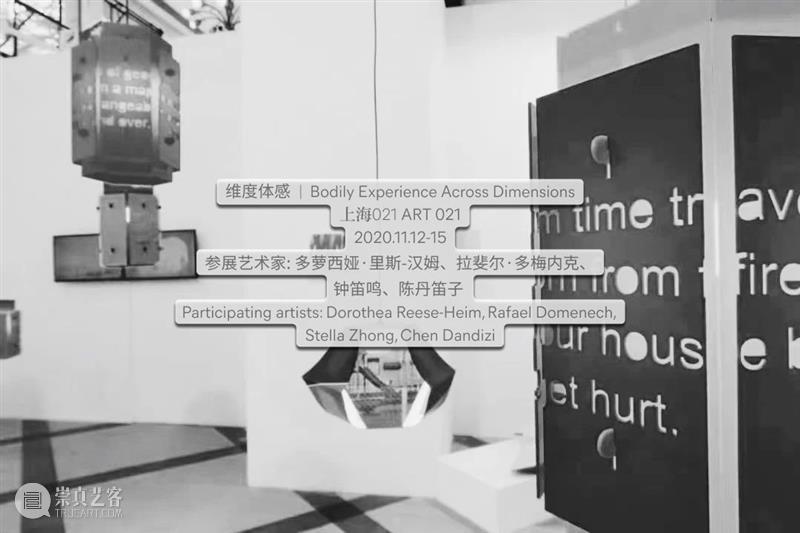
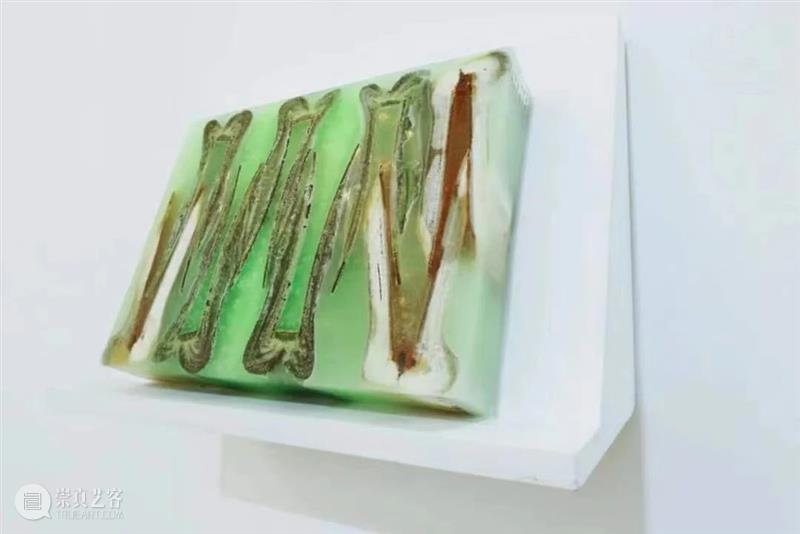
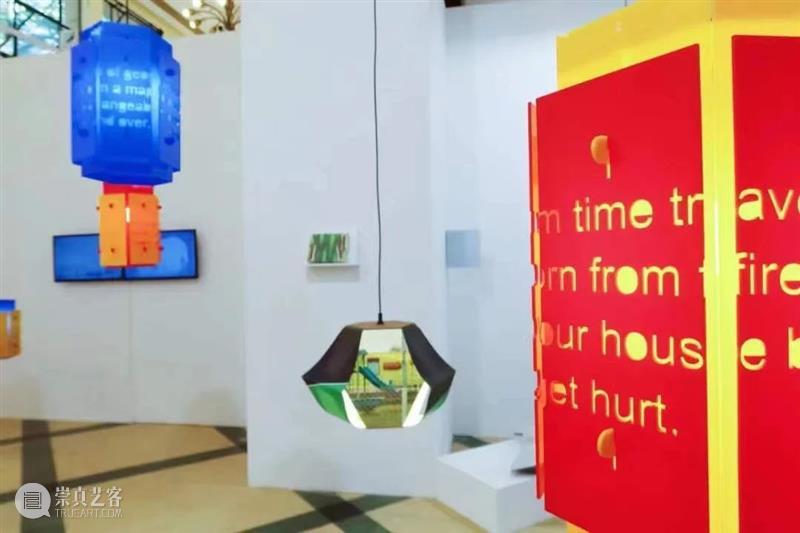
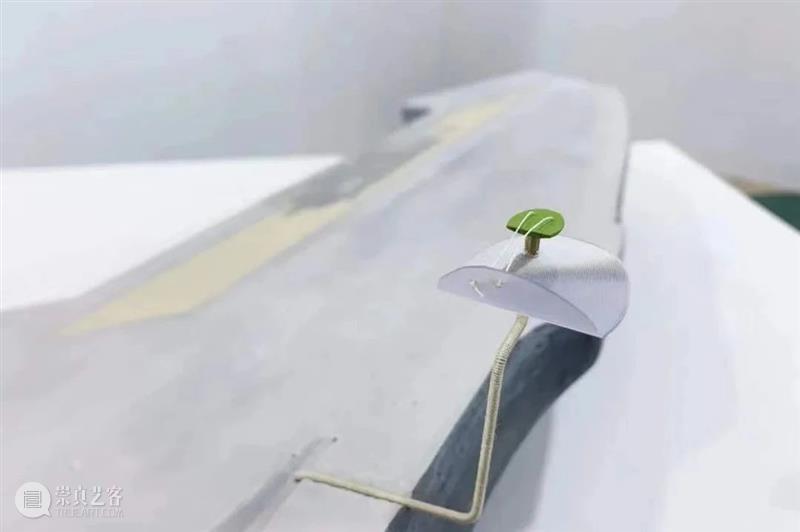
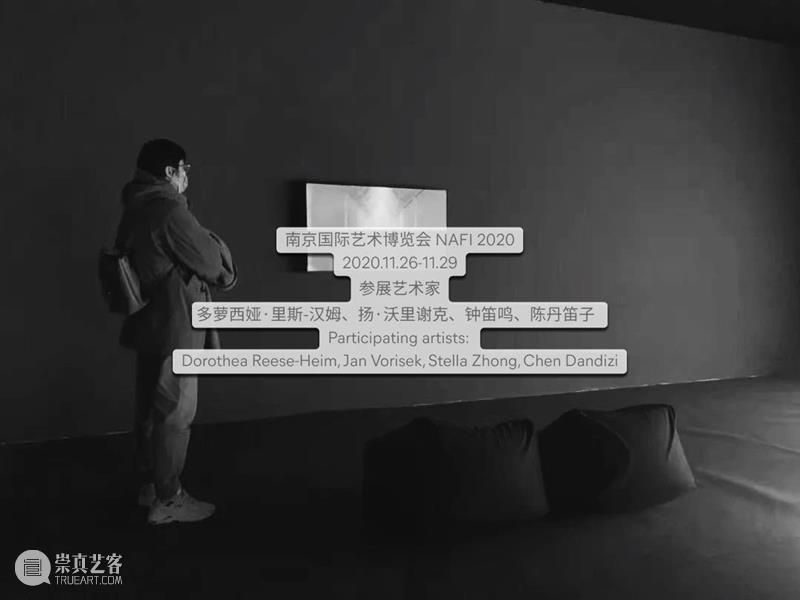
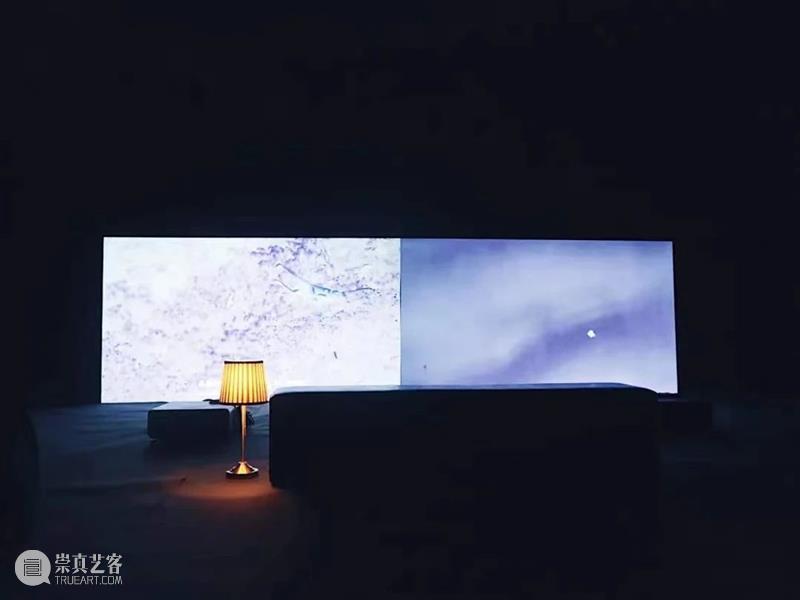
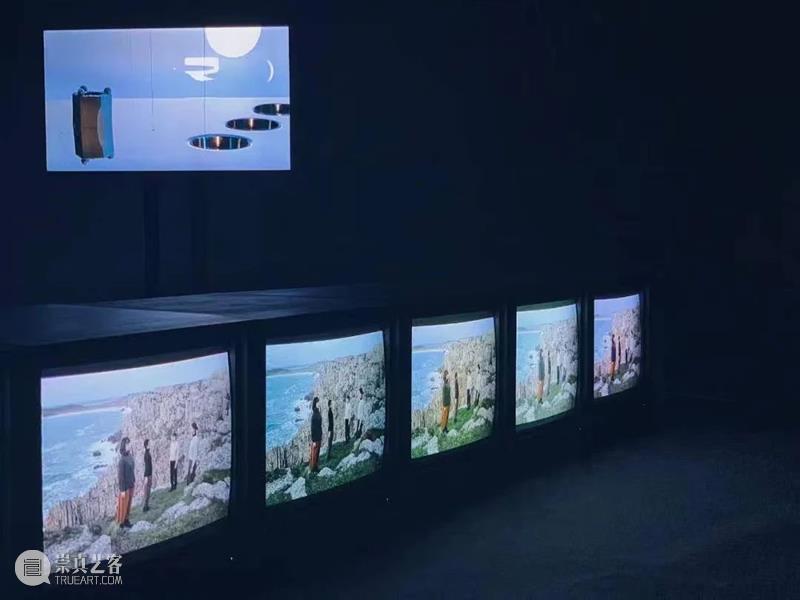
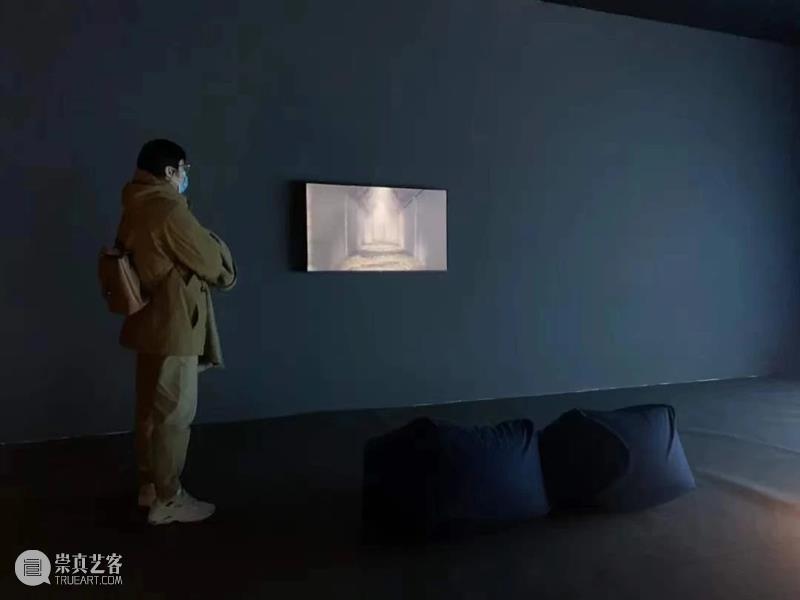





 分享
分享